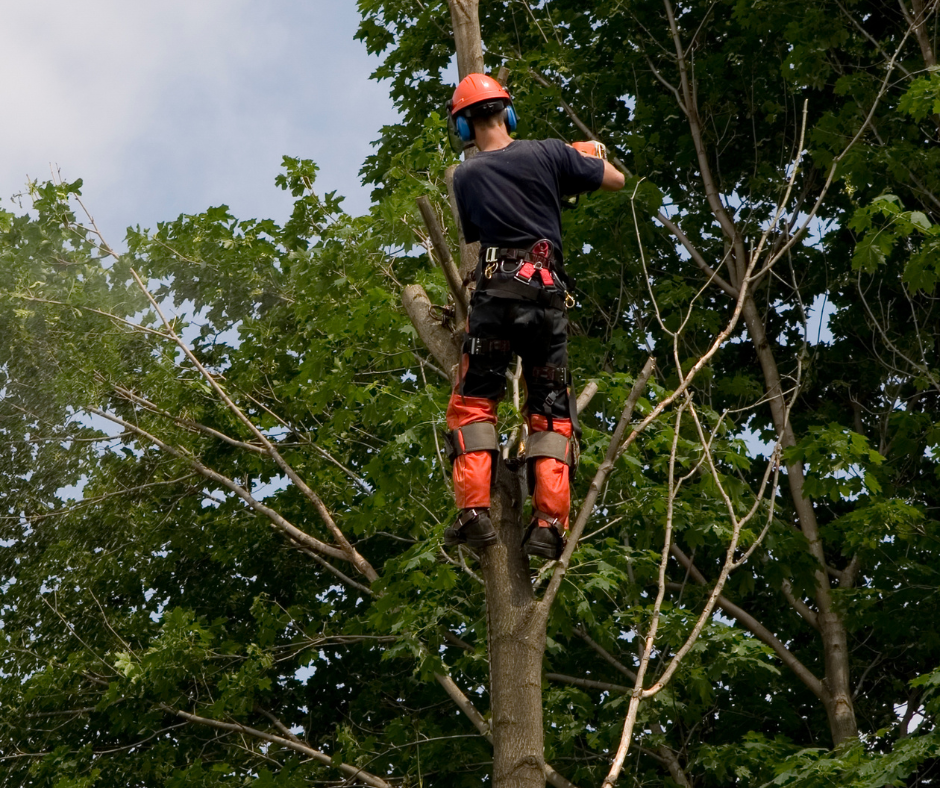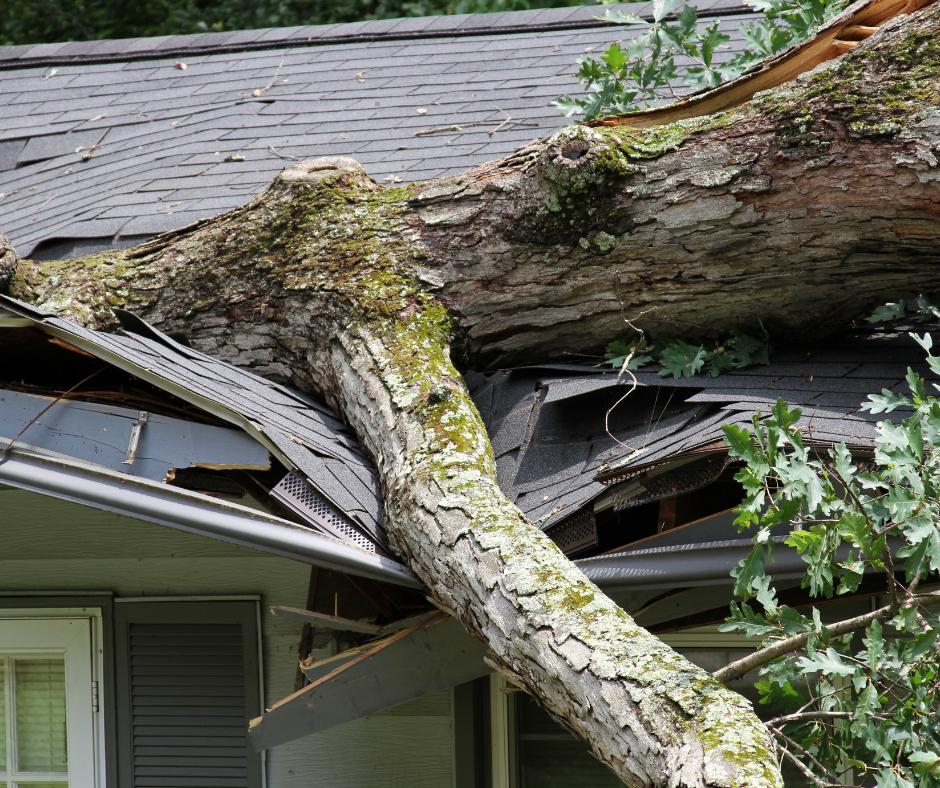Exploring the Pros and Cons of Tree Lopping: A Complete Guide
Nurturing Trees Through Pruning: Balancing Aesthetics and Health

Trees grace our landscapes with their natural beauty and provide essential benefits to our environment. However, when it comes to maintaining their health and appearance, decisions like tree lopping can be met with both curiosity and concern. In this article, we delve into the practice of tree lopping, examining its benefits, drawbacks, and the importance of responsible tree care.
Understanding Tree Lopping
Tree lopping, often referred to as tree trimming, tree removal or pruning, it involves the selective removal of branches and foliage to control a tree's size and shape. This practice has gained both popularity and controversy, as it can have a significant impact on the health and aesthetics of trees.
The Pros of Tree Lopping
Size and Aesthetics Control: Tree lopping allows homeowners and property managers to manage the growth of trees, ensuring they fit within their designated space while enhancing the overall appearance of the landscape.
- Safety and Risk Reduction: Removing dead, diseased, or overhanging branches can mitigate the risk of falling limbs during storms, reducing potential hazards to property and people.
- Enhanced Sunlight and Airflow: Proper lopping can thin out the tree canopy, allowing more sunlight to penetrate the area below and improve airflow through the tree's branches.
The Cons of Tree Lopping
Health Consequences: Improper lopping can lead to stress and decay in trees. Incorrect cuts can create wounds that invite pests and diseases, ultimately compromising the tree's overall health.
- Structural Instability: Overzealous lopping can result in imbalanced growth, weakening the tree's structure and making it susceptible to breakage.
- Environmental Impact: Drastic lopping can disrupt the ecosystem around the tree, affecting wildlife and altering the local environment.
Responsible Tree Care
Responsible tree care goes beyond aesthetics; it's about promoting the long-term health and vitality of our trees. Here are key considerations for responsible tree lopping:
- Professional Expertise: Seek the services of certified arborists who understand tree biology and have experience in proper lopping techniques.
- Tailored Approach: Each tree is unique. Arborists should assess individual trees to determine the most suitable pruning methods and minimize stress.
- Balance and Preservation: Tree lopping should prioritize the tree's natural shape, structural integrity, and overall well-being.
Conclusion
Tree lopping can be a powerful tool in tree care when employed thoughtfully and responsibly. Balancing the benefits of size control and risk reduction with the potential drawbacks of health and structural issues is essential. By consulting with certified arborists and prioritising the long-term health of our trees, we can ensure that tree lopping contributes positively to our landscapes while maintaining the integrity of our natural surroundings.
Book in a Free Quote
Contact the team at Sunshine Coast Tree Services on (07) 5293 8413 or submit an online enquiry to get a quick quote.



